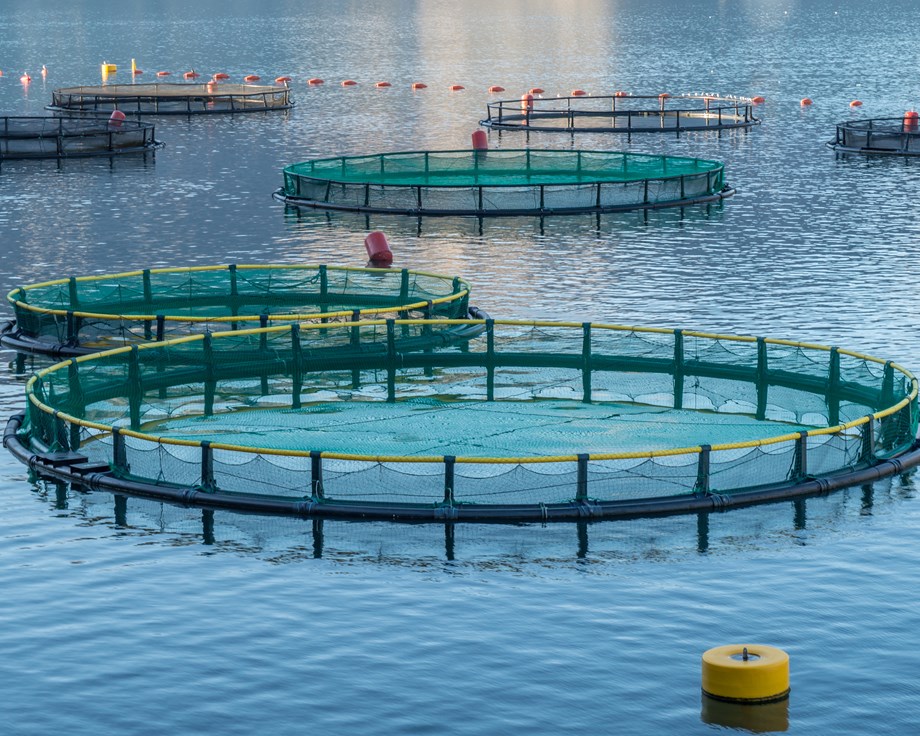Marine Antifoulant Model to Predict Environmental Concentrations (MAMPEC)
The MAMPEC 3.1.0.3 model is a steady-state 2D integrated hydrodynamic and chemical fate model with a user-friendly interface. It was originally developed to predict environmental concentrations (PECs) for the exposure assessment of antifoulants in marine environment (harbours, rivers, estuaries and open water). MAMPEC is also being used to assess the exposure to antifoulants from aquaculture nets, freshwater systems, discharges of chemicals from ballast water. There are also options for advanced photolysis modelling, speciation analysis, service-life emission and other choices. MAMPEC has been validated for a number of compounds and is recognized by regulatory authorities in EU, USA, Japan, and other OECD countries. MAMPEC is based on the Delf3D-WAQ and Silthar model.
Developed by Deltares (https://www.deltares.nl/en/)

